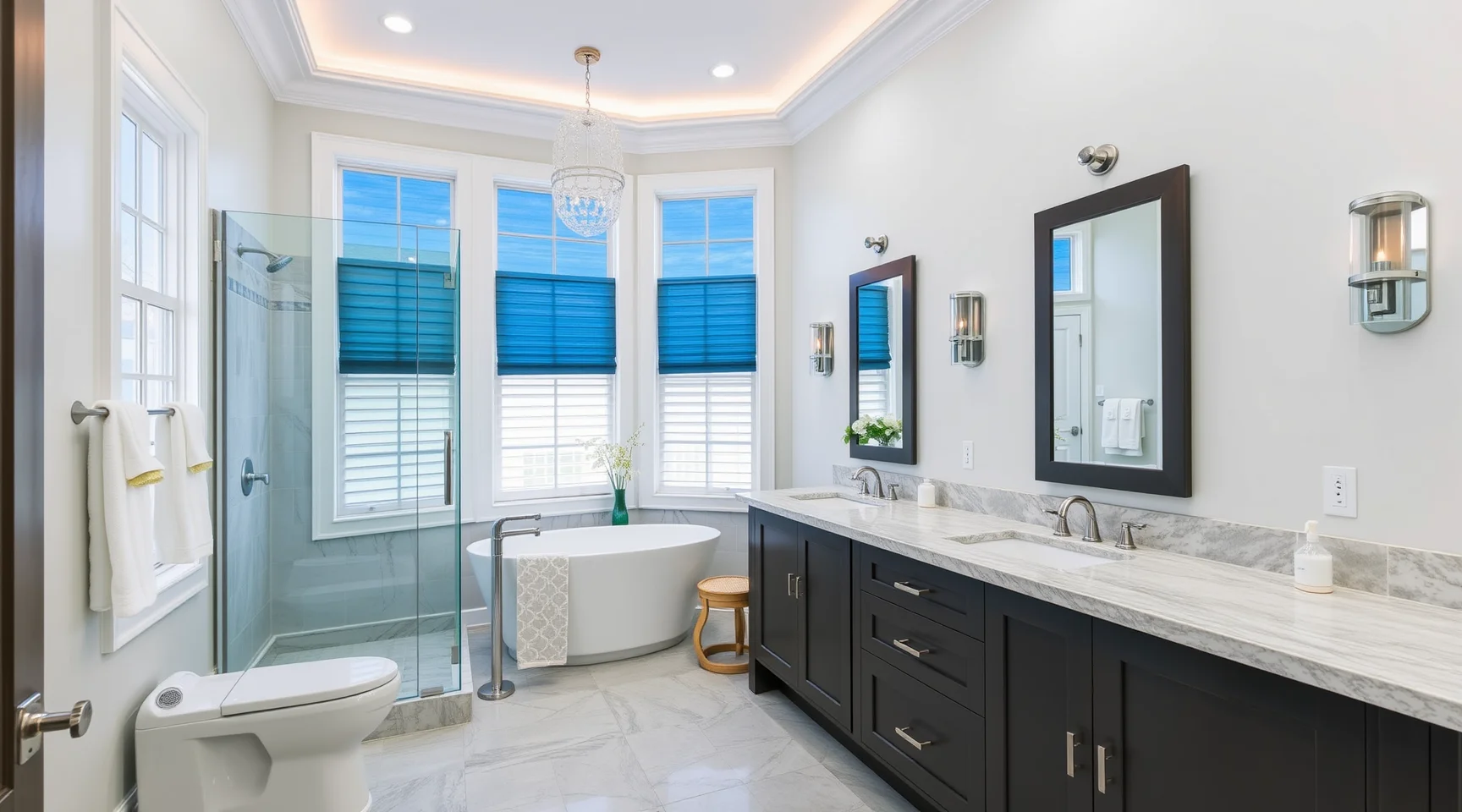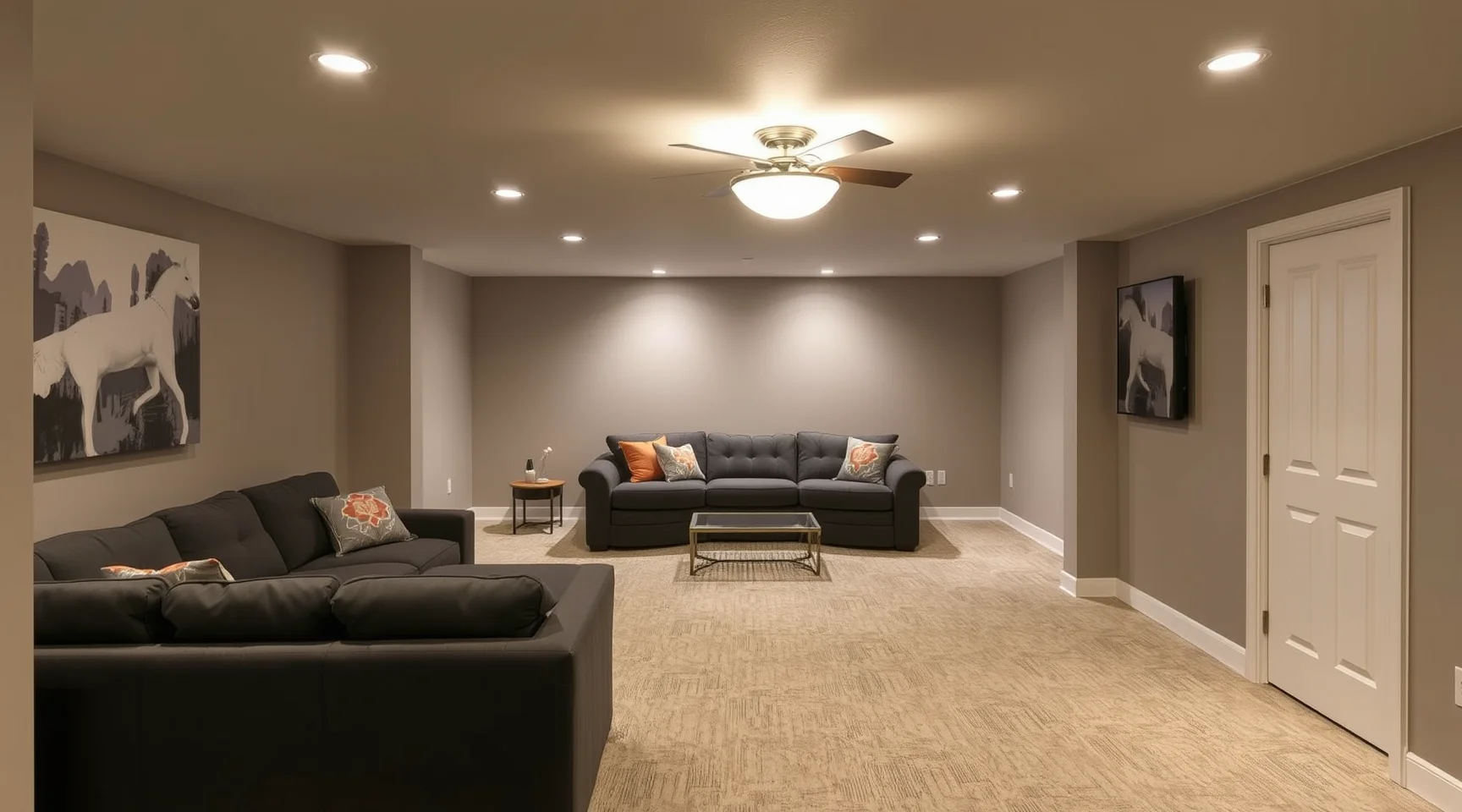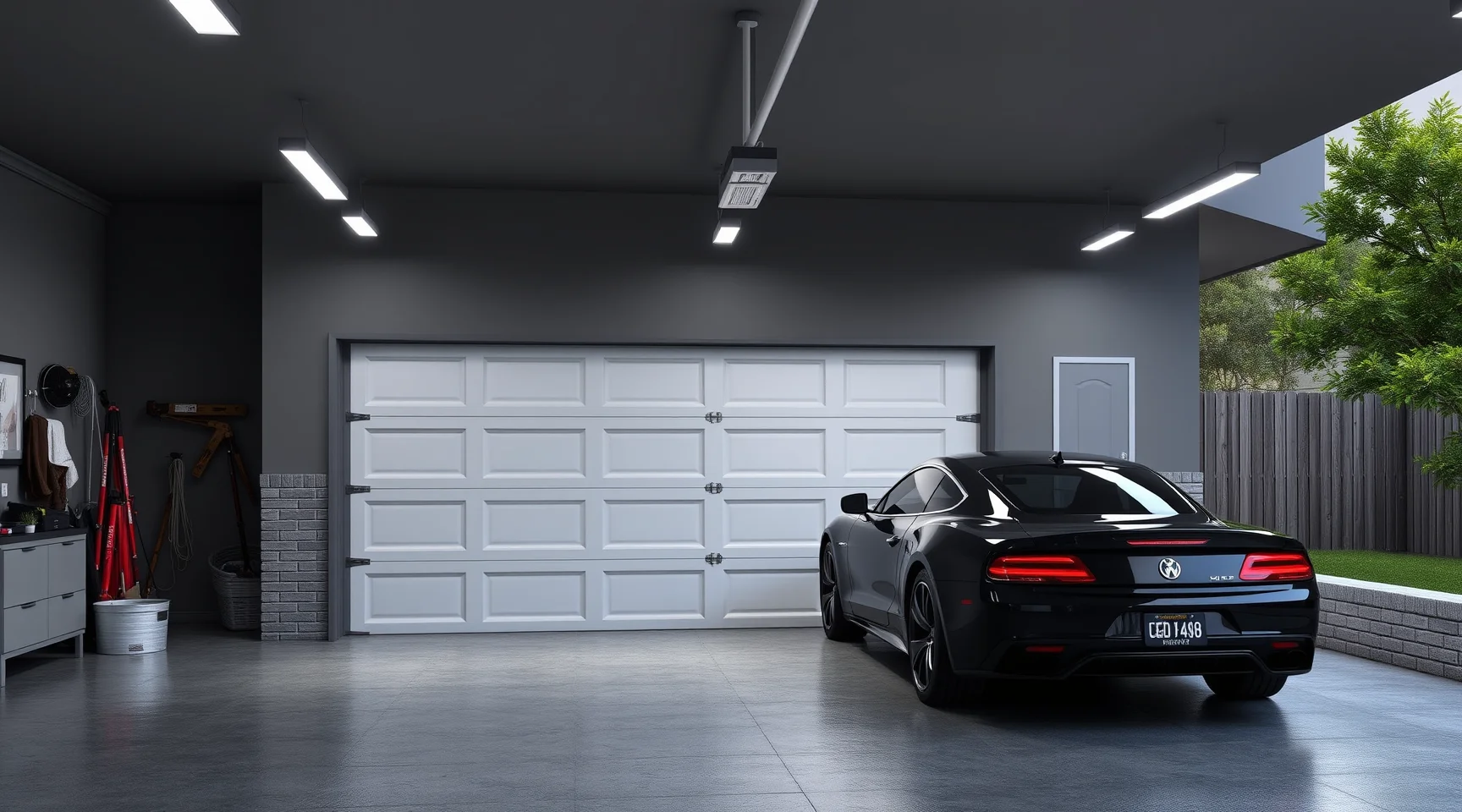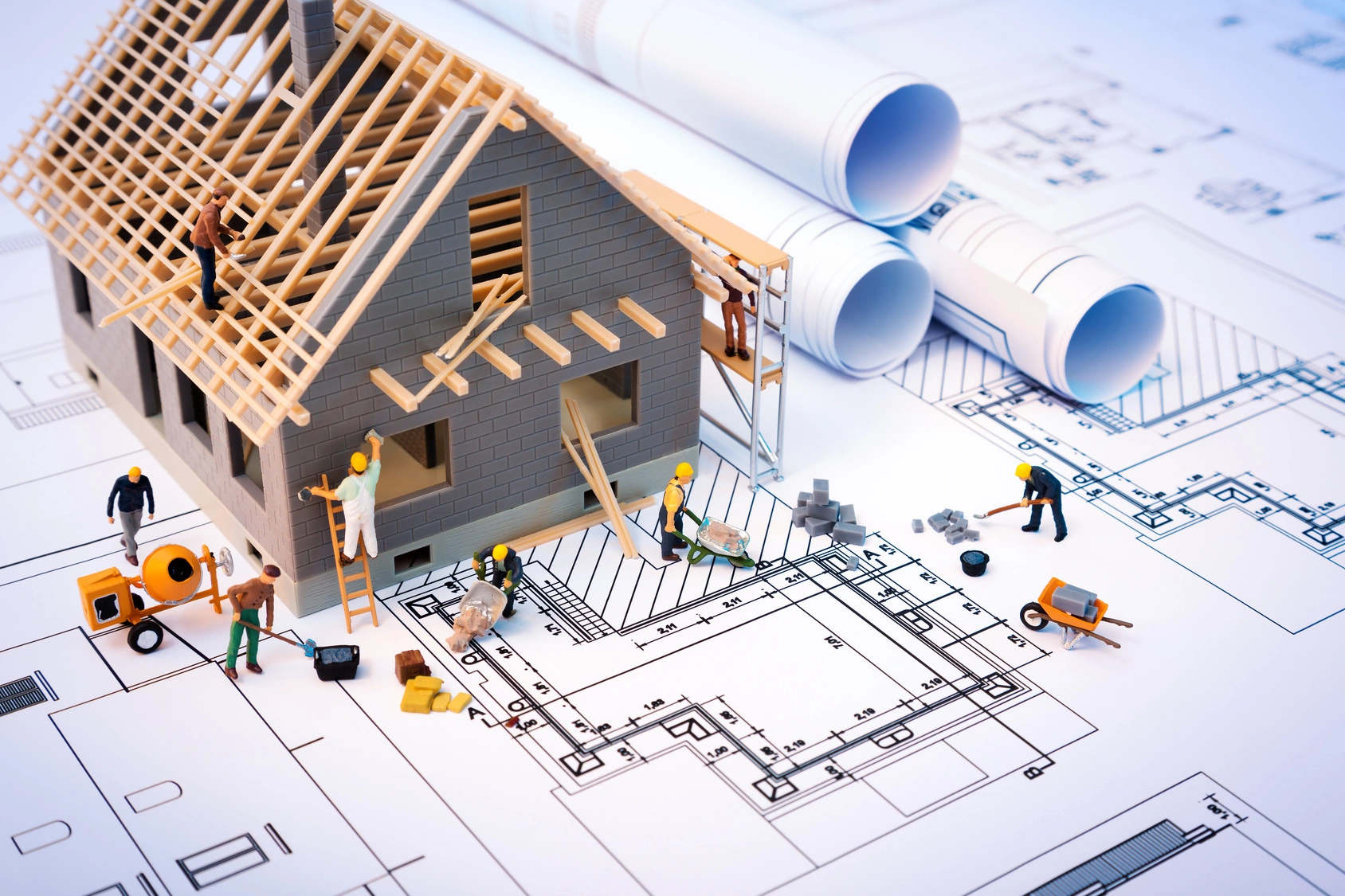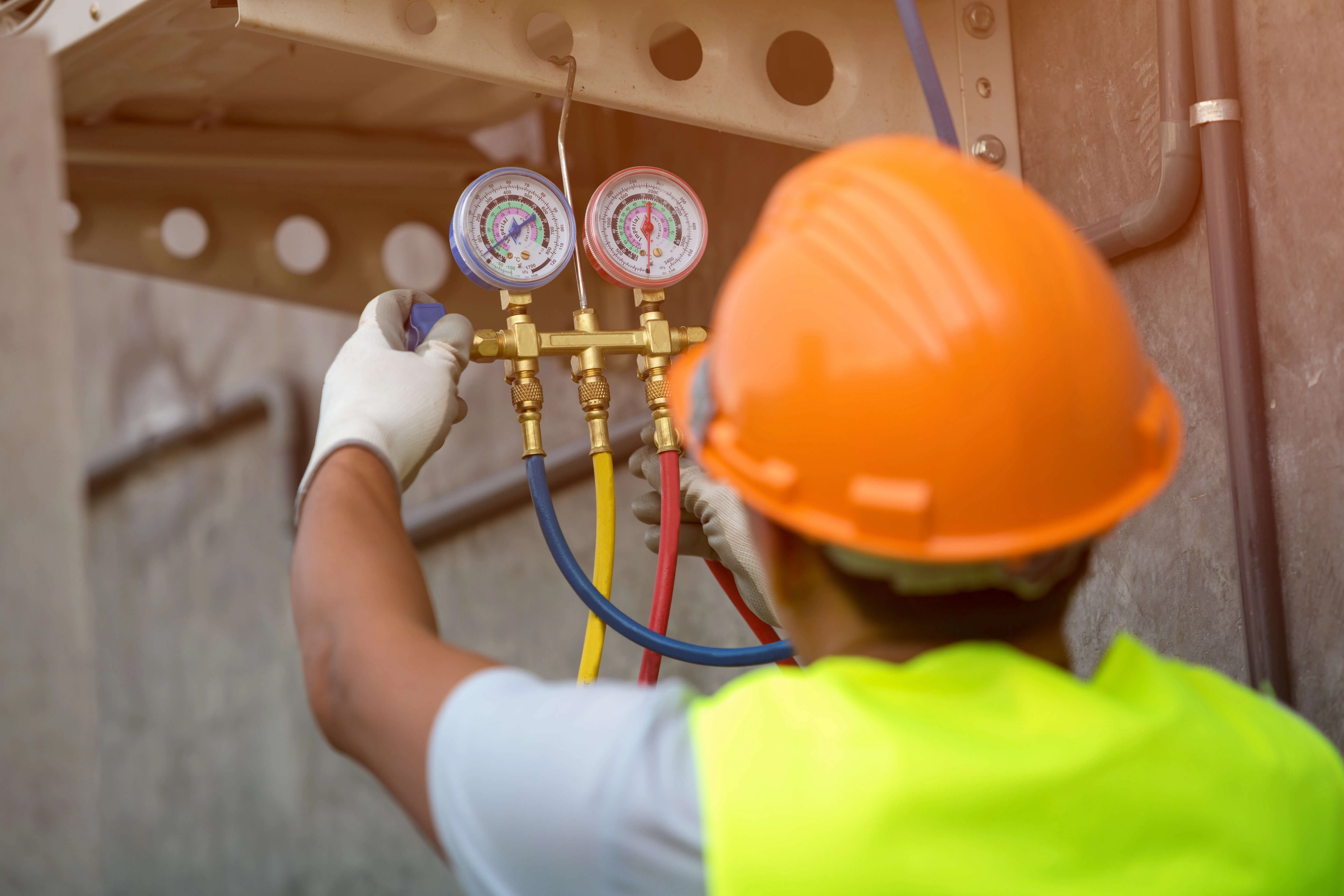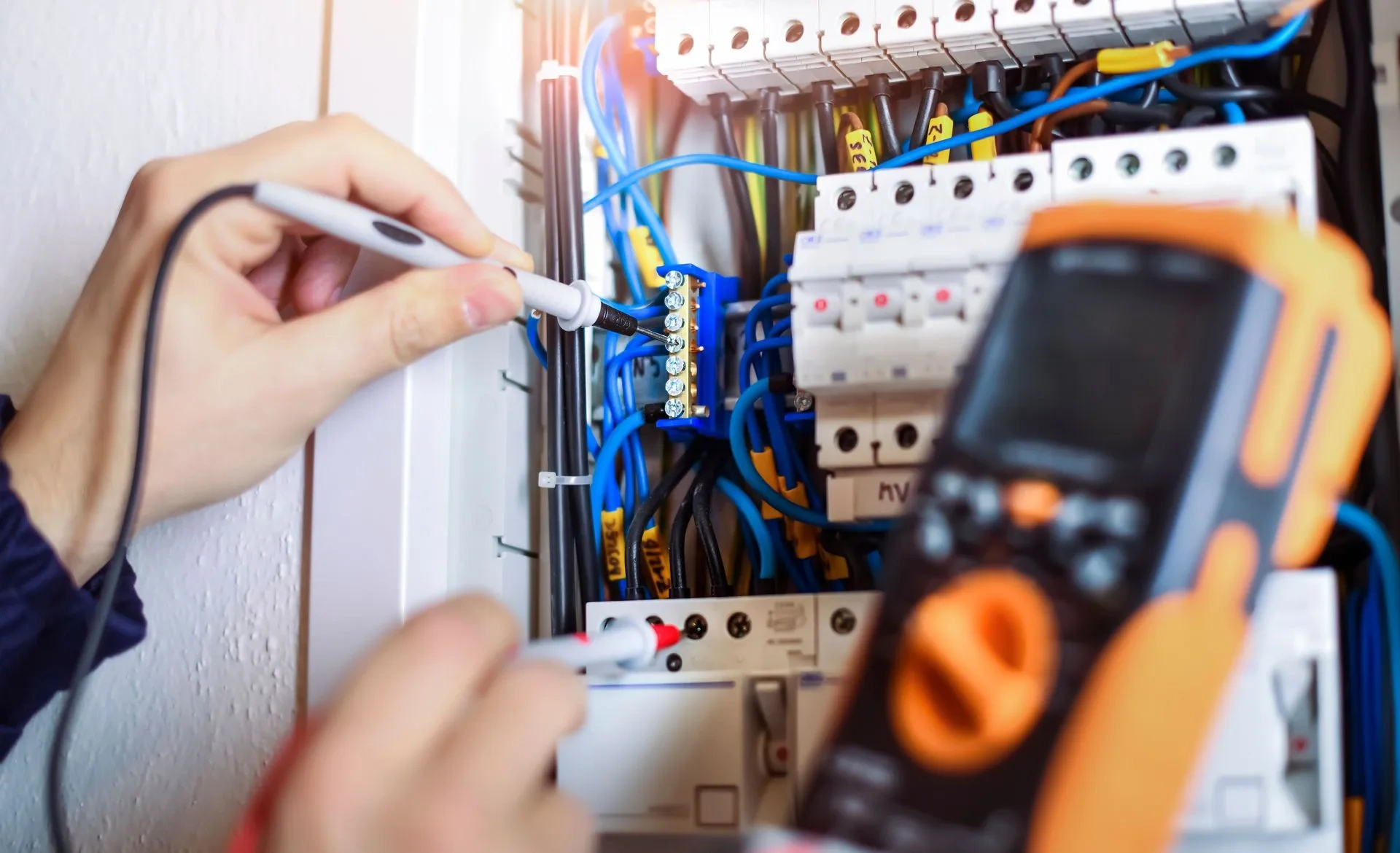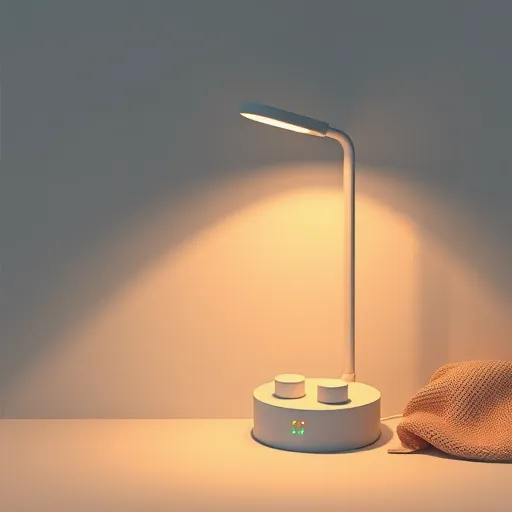
Specialized lighting for visually impaired users | Enhance Accessibility
Why Is Specialized Lighting Essential for Visually Impaired Users?
Home environments should be safe, accessible, and comfortable for everyone, regardless of visual abilities. For visually impaired individuals, standard lighting may not provide sufficient visibility or may even pose safety risks. Specialized lighting tailored for these users enhances contrast, reduces glare, and improves overall room navigation. Recognizing the importance of specialized lighting for visually impaired users is a fundamental step in creating inclusive living spaces.
How Does Specialized Lighting Improve Safety and Independence?
Proper lighting minimizes trip hazards, helps users identify objects and obstacles more easily, and encourages independence. For example, installing high-contrast lighting around staircases or pathways reduces missteps. Additionally, adjustable or directional lighting allows users to customize their environment for specific tasks, further supporting autonomous living.
Creating such adaptive lighting solutions often involves collaboration with experts like home remodeling professionals. Visit Alpha Omega Home Remodeling to explore remodeling options that prioritize accessibility and safety.
What Are the Key Features of Effective Specialized Lighting for the Visually Impaired?
High Contrast and Brightness: Enhances visibility of objects and pathways by providing strong contrast against backgrounds.
Glare Reduction: Uses diffused or indirect lighting to prevent disorienting reflections and eye strain.
Adjustability: Allows users to modify light levels or directions according to their needs, often via dimmers or smart controls.
Task-Specific Lighting: Dedicated fixtures for kitchens, bathrooms, or hallways that optimize visibility for particular activities.
Automation and Smart Controls: Integration with voice-activated or automated systems ensures ease of use for users with limited mobility or vision.
Implementing these features requires thoughtful planning and precision—an aspect where professional remodeling services can make a substantial difference.
How Can Home Remodeling Help Integrate Specialized Lighting Solutions?
Home remodeling is an excellent opportunity to incorporate specialized lighting tailored for visually impaired users. This process involves careful assessment of existing spaces, identifying potential hazards, and designing customized lighting layouts. Whether it's upgrading kitchen remodeling, bathroom adaptations, or broad renovations, specialists prioritize accessibility to improve safety and functionality.
By working with experienced remodelers, homeowners can ensure that lighting fixtures are not only effective but also seamlessly integrated into their interior design, maintaining aesthetic appeal while boosting utility.
What Are Some Practical Tips for Creating a Visually-Friendly Home Environment?
Layer Lighting: Combine ambient, task, and accent lighting to create a well-lit environment that minimizes dark spots and shadows.
Use Lemons and Contrasts: Incorporate contrasting colors and textures to help distinguish objects and surfaces.
Prioritize Accessibility in Key Areas: Focus on entrances, hallways, bathrooms, and kitchens with tailored lighting solutions.
Automate and Control Lighting: Install smart lighting systems allowing users to adjust settings easily through voice or remote controls.
Regularly Evaluate and Improve: Continuously assess the effectiveness of lighting solutions and make modifications as needed.
Such enhancements promote a safer environment and foster greater independence for visually impaired residents.
How Do Smart Lighting Technologies Enhance Accessibility?
Advancements in smart home technology offer incredible opportunities for specialized lighting. Voice-controlled systems, motion sensors, and programmable lighting schedules can be tailored to meet individual needs. For instance, motion-activated lights in hallways or bathrooms provide illumination exactly when needed, reducing the risk of falls.
Implementing these solutions involves integrating smart controls into your home’s electrical system. For expert guidance on electrical upgrades and smart home integration, consider consulting professionals from Alpha Omega Home Remodeling's electrical upgrade services.
What Are Common Challenges When Installing Specialized Lighting for Visually Impaired Users?
Balancing Brightness and Comfort: Overly bright lights may cause discomfort, while insufficient lighting diminishes visibility.
Ensuring Compatibility with Existing Structures: Retrofitting older homes requires careful planning to accommodate new fixtures without damaging property.
Cost and Budget Constraints: High-quality, adaptive lighting solutions can require upfront investment but offer long-term safety benefits.
Technical Complexity: Smart lighting systems need proper installation and user training to ensure proper operation.
Working with seasoned remodeling professionals helps overcome these obstacles efficiently, ensuring the final outcome is both functional and visually appealing.
Are There Specific Home Remodeling Services That Focus on Accessibility?
Yes, many comprehensive remodeling services now prioritize accessibility. From bathroom modifications to entire home additions, there are opportunities to integrate specialized lighting and other adaptive features. Planning early with experts ensures that your home becomes a safe haven tailored to your specific needs.
For holistic renovation strategies that include accessibility features, visit Alpha Omega Home Remodeling's home addition services.
What Are the Benefits of Investing in Specialized Lighting for Visually Impaired Users?
Enhanced Safety: Reduces trips, falls, and accidents by clearly illuminating hazards.
Increased Independence: Users can navigate their environment with confidence and ease.
Improved Quality of Life: Promotes comfort and reduces anxiety related to navigating unfamiliar or poorly lit spaces.
Property Value Improvement: Modern, accessible lighting features can enhance home appeal for future resale.
Compliance with Regulations: Meets ADA and other accessibility standards, ensuring legal safety requirements are met.
Ultimately, thoughtful lighting design is a vital element of inclusive, functional, and welcoming home environments.
Frequently Asked Questions (FAQ)
How can I determine the best specialized lighting options for my home?
Consulting with experienced home remodeling professionals is the best way to tailor lighting solutions to your specific needs. A comprehensive assessment considers factors like room layout, existing fixtures, and personal preferences.
Are there any specific regulations or standards for accessible lighting?
Yes, standards such as the Americans with Disabilities Act (ADA) provide guidelines to ensure lighting promotes safety and accessibility. An expert can help ensure that your modifications meet these requirements.
What is the typical installation process for specialized lighting aimed at visually impaired users?
The process involves an initial assessment, custom design planning, electrical upgrades if necessary, fixture installation, and user training. Working with professional remodelers streamlines this process and guarantees optimal results.
Can smart lighting systems be retrofitted into an existing home?
Absolutely. Many smart lighting solutions are designed for retrofit installation, allowing homeowners to upgrade existing fixtures with minimal disruption. This enhances functionality and accessibility without extensive renovation.
What ongoing maintenance is needed for specialized lighting systems?
Regular cleaning, occasional bulb or fixture replacements, and software updates for smart systems ensure continued performance and safety. Professional support can assist with maintenance needs.
Making your home more accessible with specialized lighting for visually impaired users is a vital step toward inclusive living. Whether you're planning a complete remodel or simply upgrading key areas, working with dedicated experts guarantees a safe, functional, and aesthetically pleasing environment. Explore your options today and take a meaningful step toward making your home truly accommodating for everyone.



